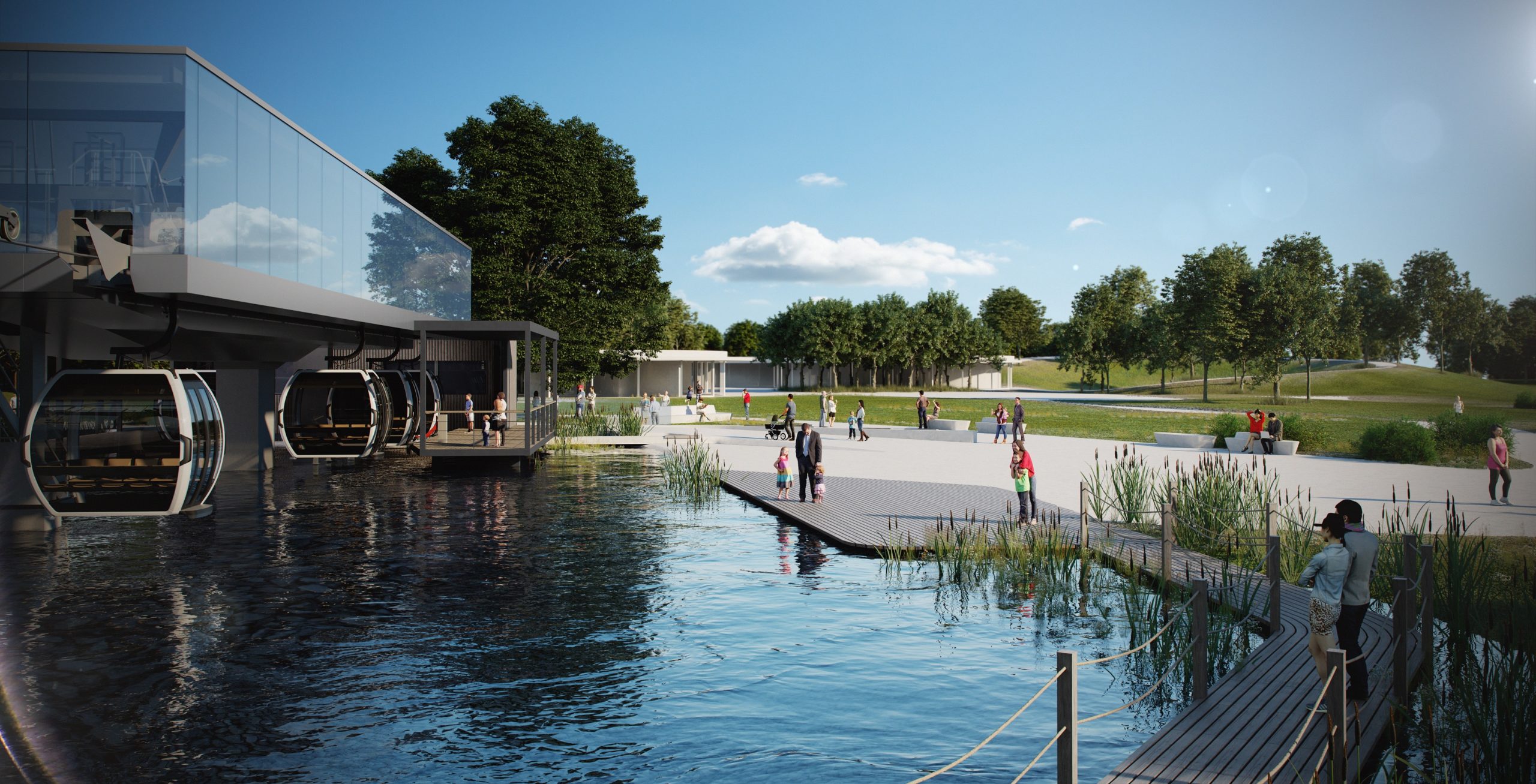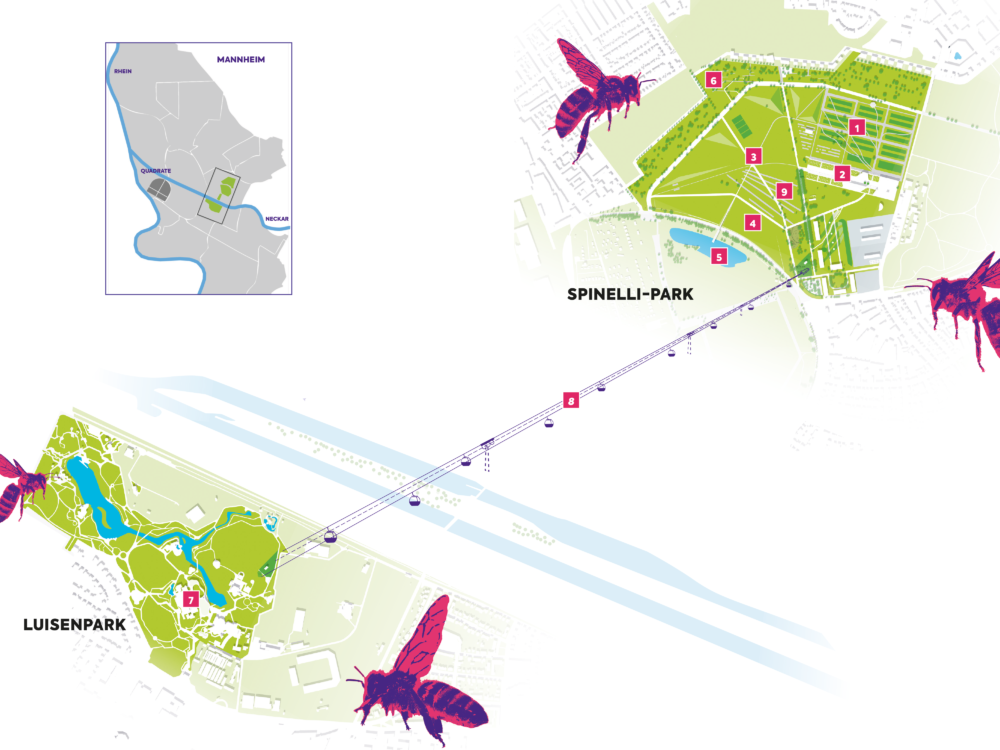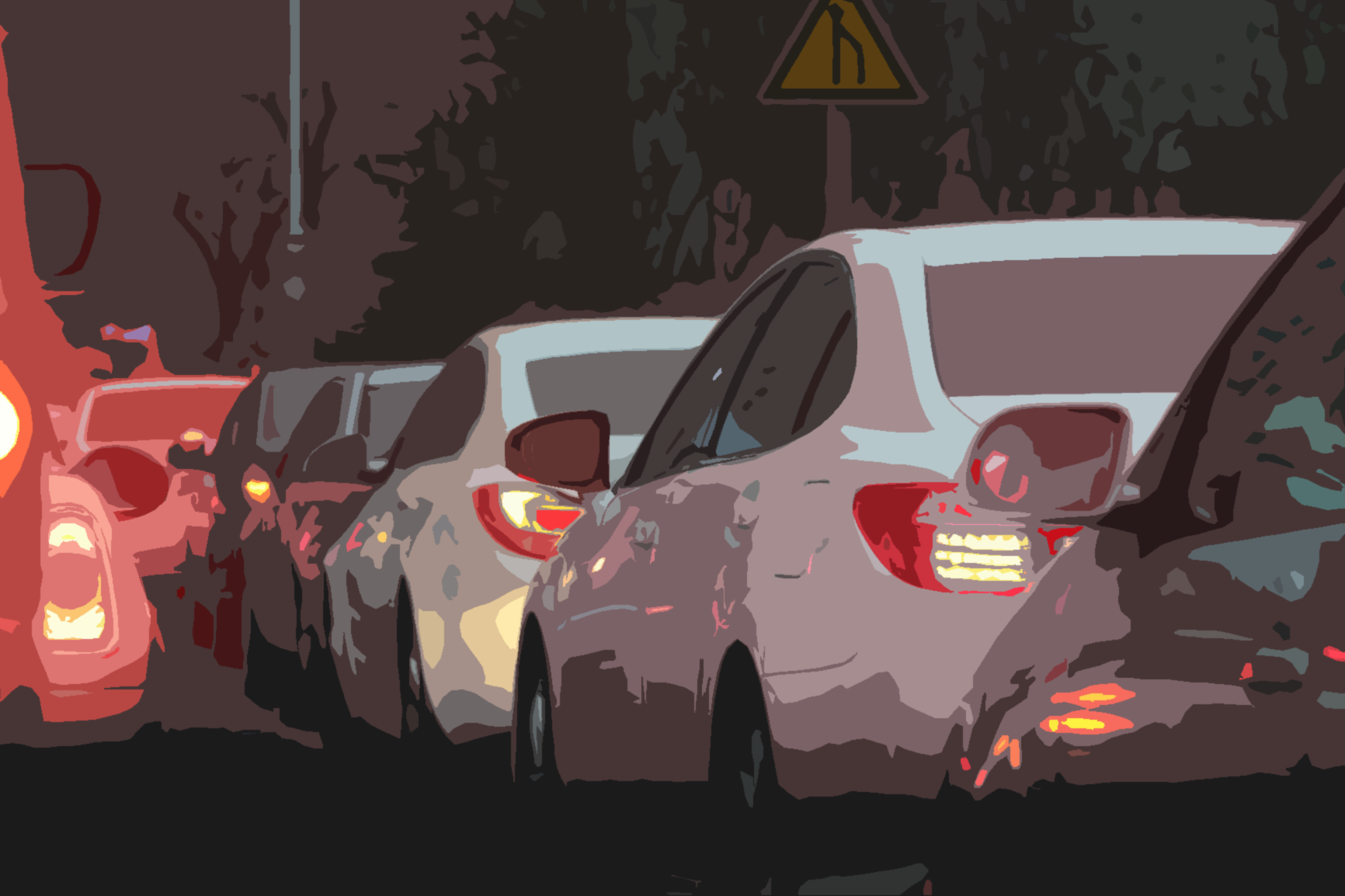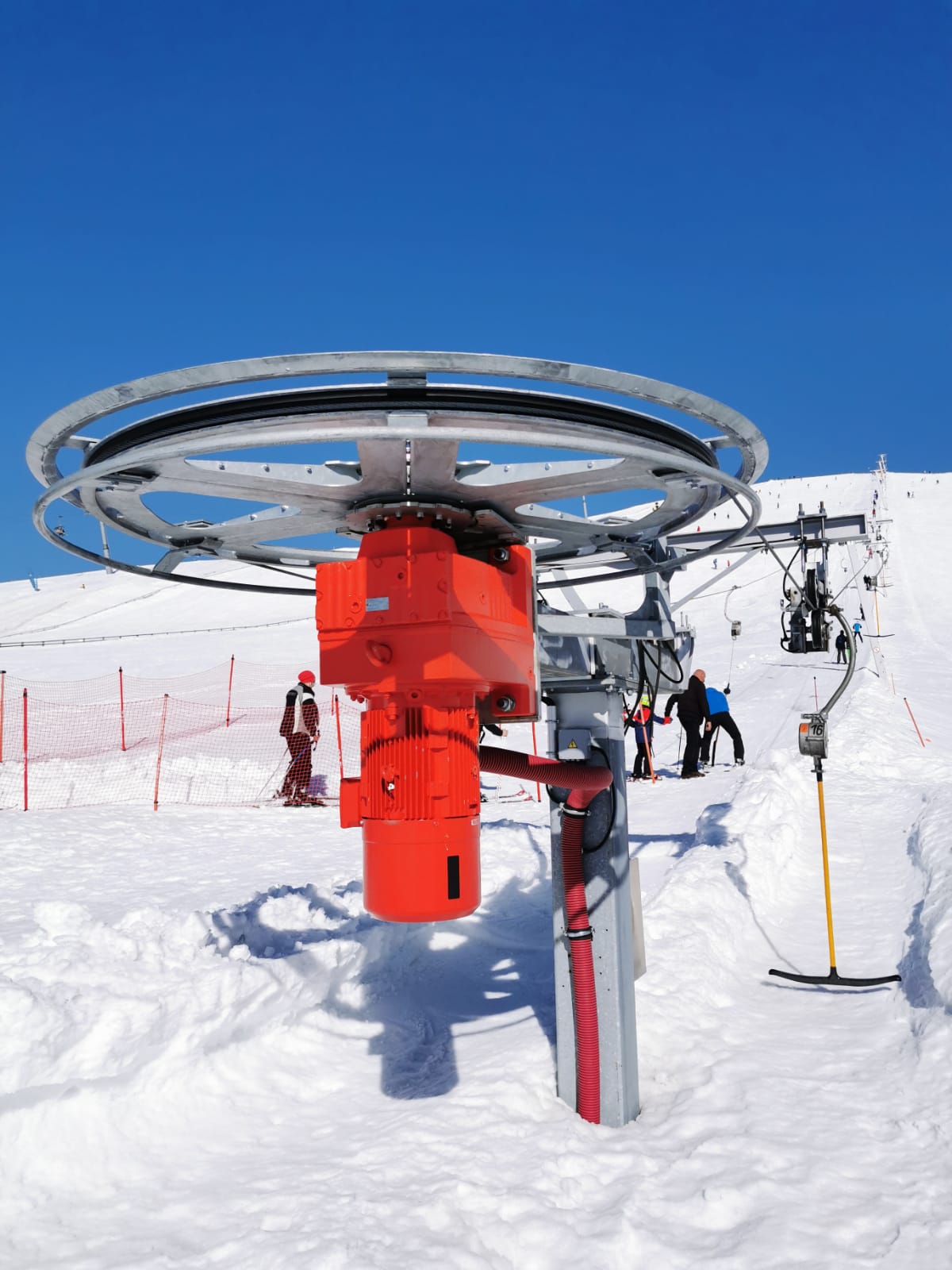Sustainable mobility, including cable cars?
Whether through the regional city railway, cycle bridges, car sharing or sustainable urban development, the German university city of Tübingen has long relied on future-proof mobility and an infrastructure of short distances. An urban cable car is now also being discussed – as an alternative to a railway line in the city centre.
Floriade 2022 is growing – not only on the ground but also in the air
For visitors to the popular, internationally renowned flower and horticultural show, Floriade Expo 2022, a diverse showground is currently being created in Almere (Netherlands). The issue of sustainability in cities will play a particular role here , as is already evident from the motto, “Growing Green Cities”.
Cottbus: Citizens’ initiative calls for cable car
In german Brandenburg, the city of Cottbus is increasingly creating a stir, as the people here are calling for change. Whereas the population elsewhere is opposed to suggested cable car projects, a citizens’ initiative has formed in Cottbus, which is actually calling for just such a construction project. Madness... or a brilliant idea?
After Koblenz, Mannheim is also taking off
At the German National Garden Show in Koblenz, an urban ropeway became a hit with the visitors. In 2023, Mannheim will now also rely on the tried and tested system for fast visitor transport between exhibition areas.
Cable car network for indore
For a long time, the Indian city of Indore has battled with traffic jams and congested streets. However, this will soon be a thing of the past. A number of projects aim to provide relief and make Indore a leading light for the country.
Enrope: From spare to complete lift
Whether for the compact LUIS LIFT, individual spare parts or custom products: German manufacturer enrope is a specialist in innovative cable car technology and therefore attracts customers worldwide.





